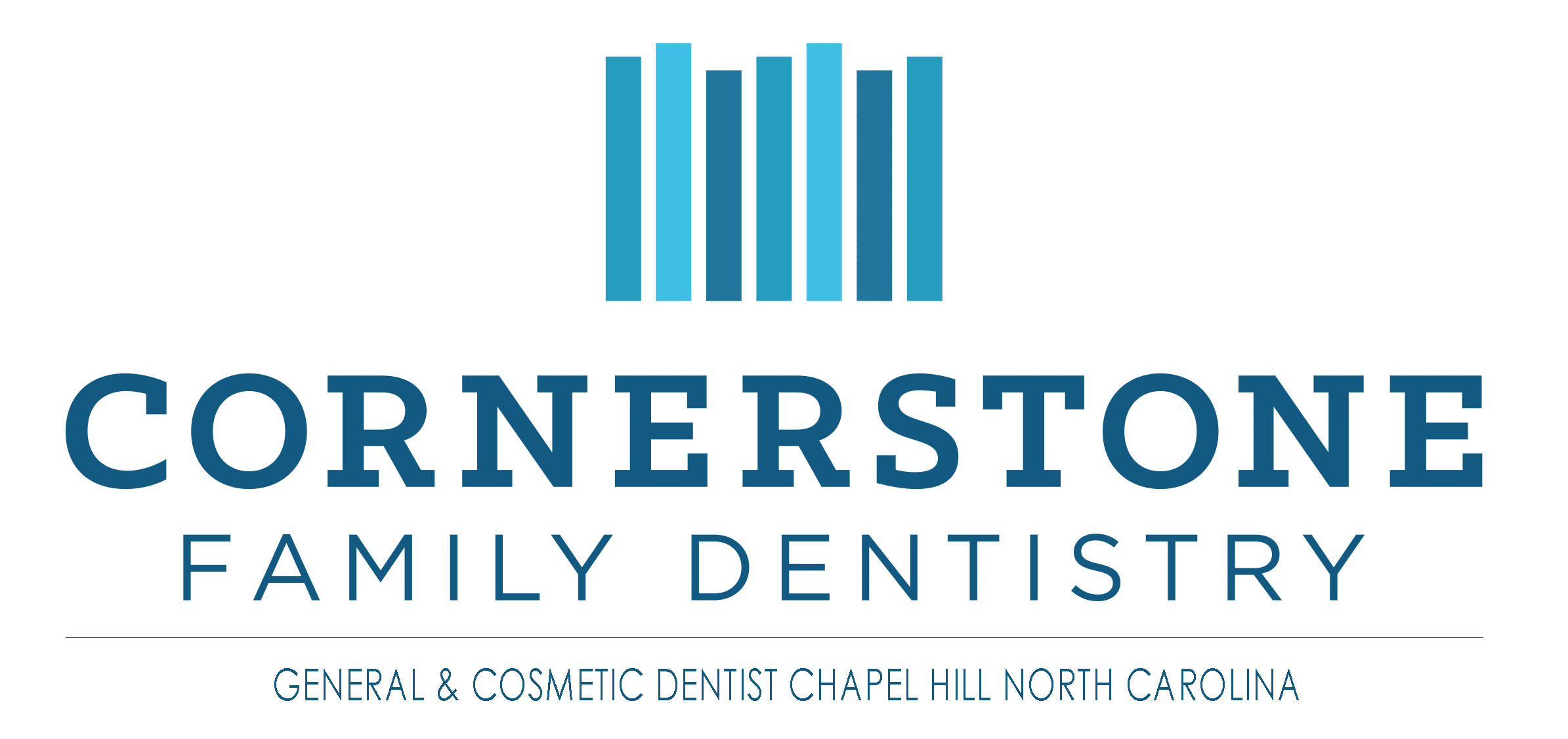Gum Swollen Around One Tooth
In some instances, it is possible for a person to notice that the gums around a tooth appear swollen when flossing, brushing, or looking at their teeth in the mirror. Although this may seem like a rare occurrence, it is not that uncommon and can be tied to several different factors. Continue reading to learn more about what causes gum swelling around a single tooth.
Bad Oral Hygiene
If the teeth are not properly flossed and brushed daily, food particles can be left behind. If not removed, the particles can cause gum inflammation and decay. In time, this can cause periodontal (gum) disease to develop. Symptoms associated with poor oral hygiene may include:
- Redness of the gums
- Pale gums
- Gum swelling
- Gum bleeding during flossing or brushing
- Discharge or pus from a tooth
- Loose teeth
- Bad taste in the mouth
- Chronic bad breath
Periodontal Disease
Our mouths are full of bacteria. If the bacteria infect the gums around a tooth, inflammation can occur, and periodontal disease may develop.
Along with other components in the mouth, including mucus, the bacteria combine, forming as plaque on the teeth. If the plaque is not adequately removed with flossing and brushing, it can harden into tartar. As plaque and tartar build up, periodontal disease can develop.
Periodontal disease is very common. Estimates from the Centers for Disease Control and Prevention indicate that almost 50% of adults 30 and older, have the disease in some form. Some symptoms of periodontal disease include:
- Gum bleeding
- Gum tenderness
- Loose teeth
- Receding gums – tissue pulls away from the teeth
Dental Abscess
Like other dental conditions, cavities are progressive and if not addressed, will lead to further complications. If left untreated, a cavity can progress into an abscess. Symptoms associated with an abscessed tooth include:
- Pain
- Gum swelling
- Jaw swelling
- Fever
If a dental abscess is suspected, patients should promptly consult a dentist for treatment as the infection will not go away on its own. If an abscess is not treated, the infection can spread to the jawbone and may create serious health complications.
Risk Factors
Although anyone can be susceptible to periodontal disease, there are certain risk factors that can raise the risk, including:
- Smoking or using tobacco
- Underlying medical issues like AIDS or diabetes
- Elevated stress-level
- Genetics
- Misaligned teeth
- Defective dental fillings
- Certain medications that lead to dry mouth
How to Treat Gum Swelling Around a Tooth
Rinse with Saltwater: Data from a 2016 research study indicated that rinsing the mouth with saltwater helped ease gum inflammation from gingivitis. The recommendation was to rinse two or three times a day using ½ teaspoon of salt mixed in 8 ounces of warm water.
Tea Tree Oil: Bleeding due to gingivitis was shown to be minimized by rinsing with tea tree oil in a 2014 study. It is recommended to swish warm water and a few drops of the oil in the mouth two or three times a day for 30 second.
Turmeric Gel: Some data indicates that turmeric gel can help prevent plaque buildup and periodontal disease. The gel can be applied to the gums twice per day after brushing, left on for 10 minutes, then rinsed away with fresh water.
